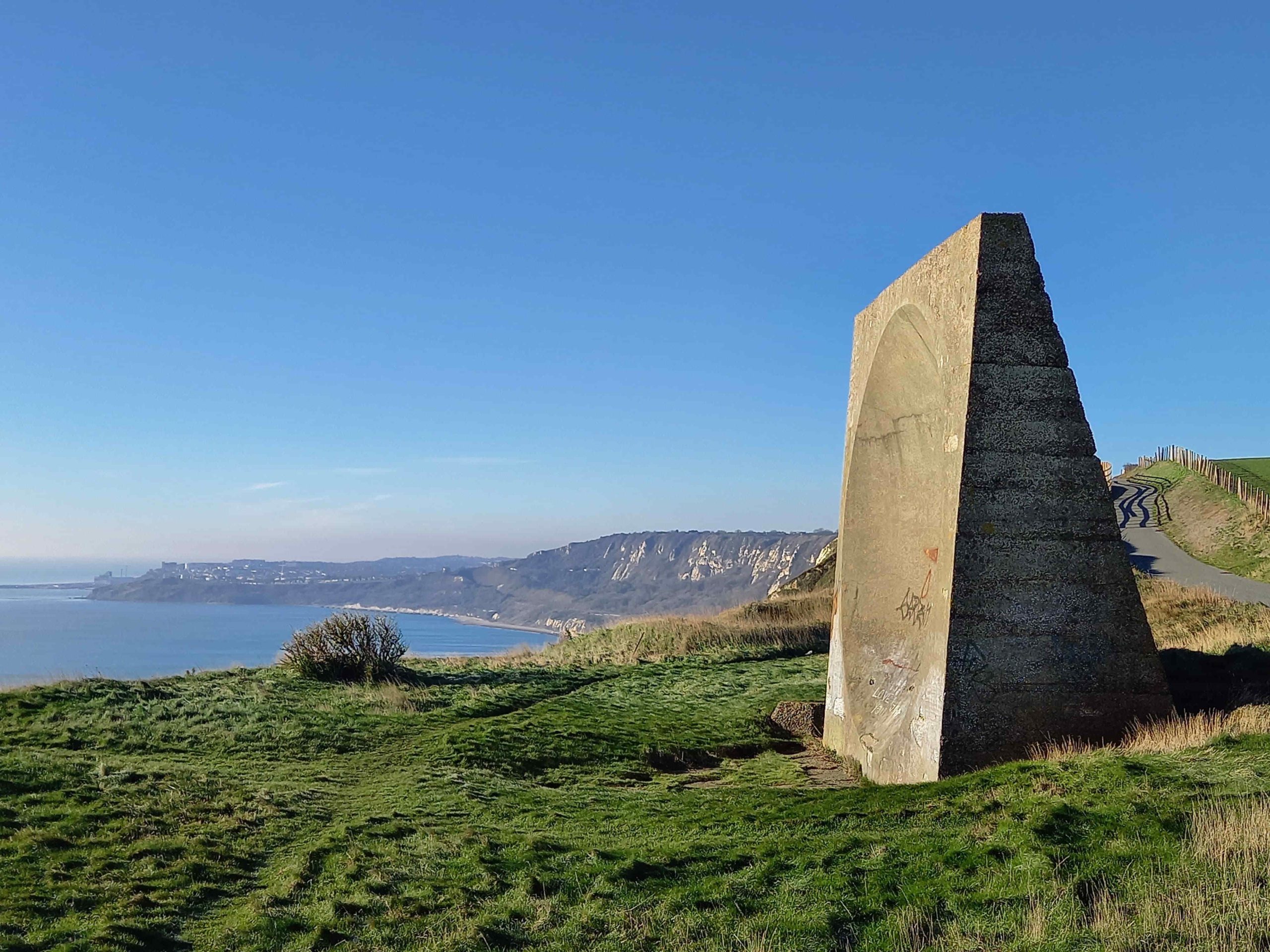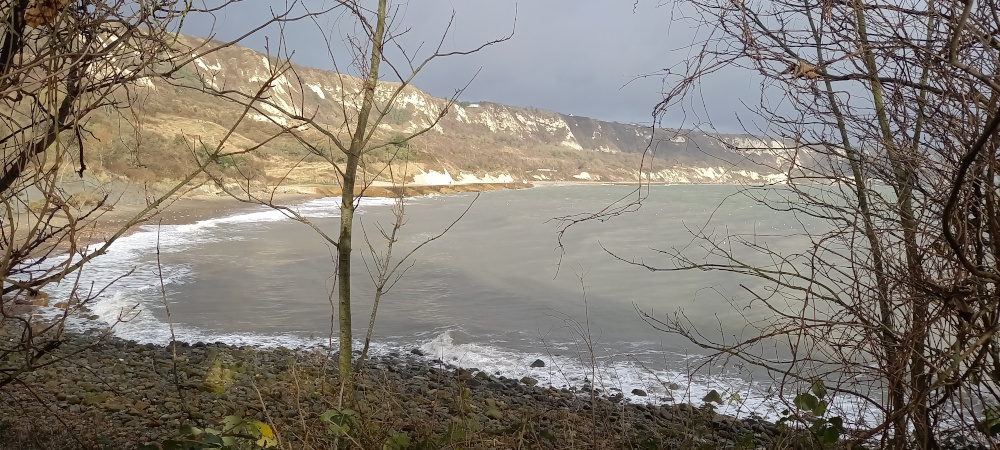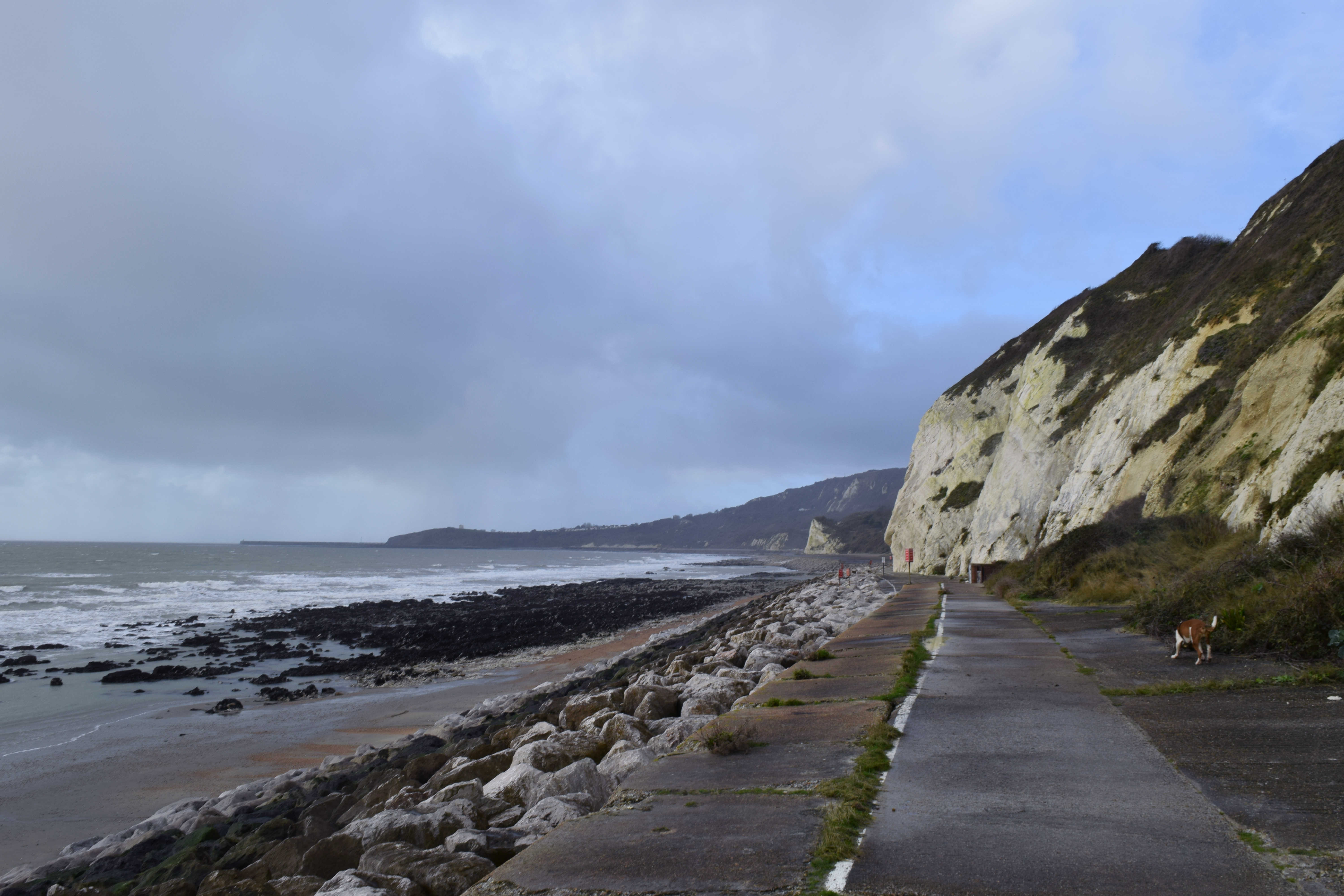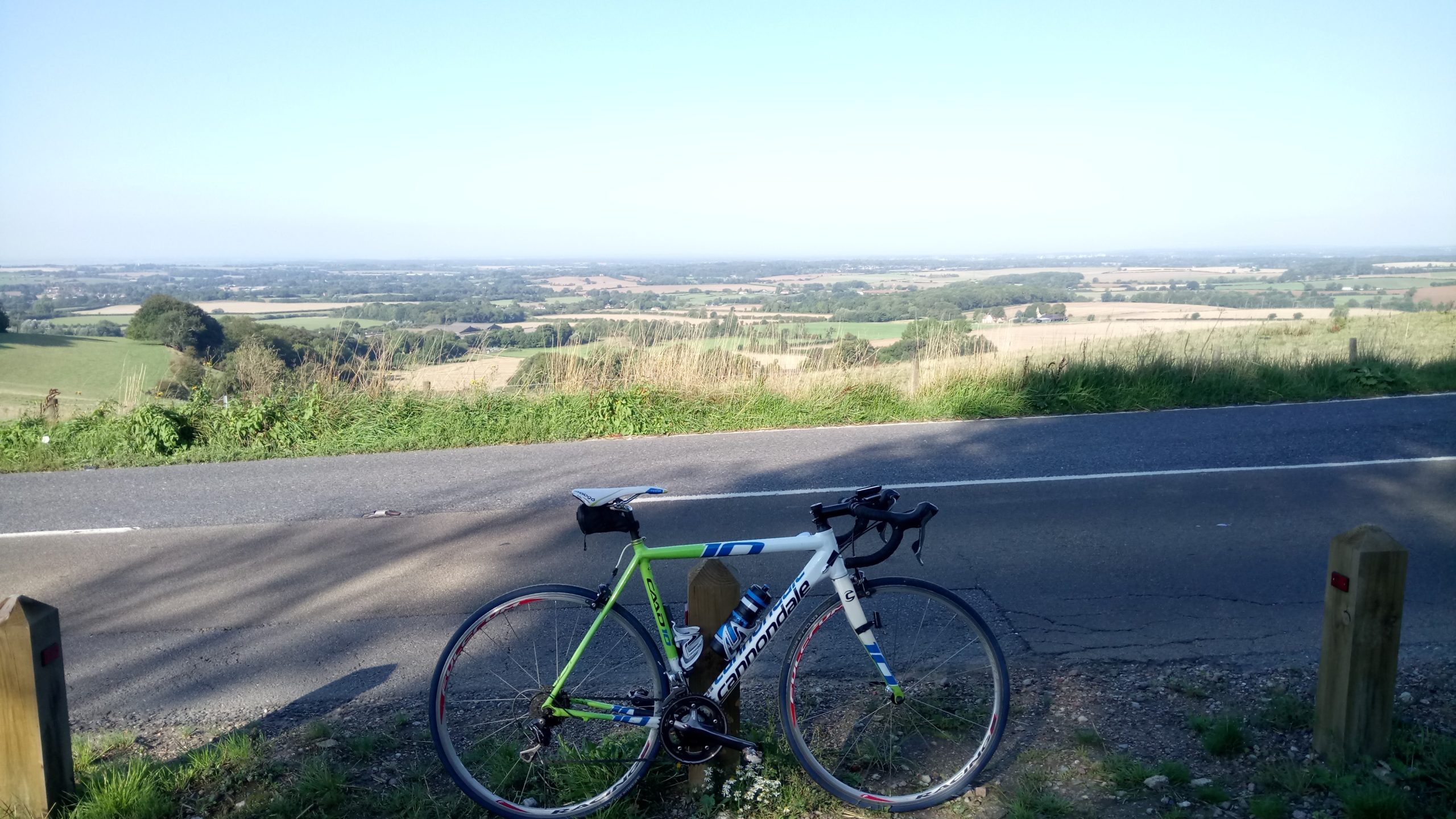Sport & Recreation
Walking Routes From Folkestone
Folkestone is situated on the South East coast overlooking the sea to France. Behind the town the hills rise to the North Downs, an area of outstanding natural beauty. This is part of the Kent Downs and Heritage Coast that the Lonely Planet Guide has voted one of the top 10 destinations in the world to visit. It’s the only UK destination to make the list. There are so many opportunities to enjoy walking around our town and countryside. We at Folkelife wanted to point you in various directions to explore and discover trails and routes of your own.
england coastal path
As part of the National Trails routes, denoted by an acorn, the England Coastal Path is divided into geographic areas around the country. The route from Camber Sands, through Dungeness and round to Folkestone takes in the sweep of the huge bay area from the power station at one end of the county to Folkestone. The terrain here is a shingle wilderness with Derek Jarman’s Prospect Cottage and garden available for visits. Now under the custodianship of Creative Folkestone, it’s well worth a stop on your walk. The sandy beaches are also a temptation! Be aware of the tide, as when it turns, it moves across the flats very quickly!
Fun fact: Greatstone beach, beyond Dungeness and on your way to Folkestone is mentioned in H G Wells’ The First Men In The Moon. It’s the landing spot for the narrator’s capsule on his escape from the extra-terrestrial civilisation living on the Moon.
Sound mirrors
You can also find several references to Britain’s defences from Napoleonic threat in the early 1800s. Along this route you can see many Martello Towers which were built to defend the coastline from attack. Having had military based at garrisons in Shorncliffe since before this time, training still happens at shooting ranges along the coastline between Dymchurch and Hythe. There are also sound mirrors to be discovered too. Nestled in the hills of the North Downs, these were early radar concrete structures that could detect approaching aircraft during World War 2.
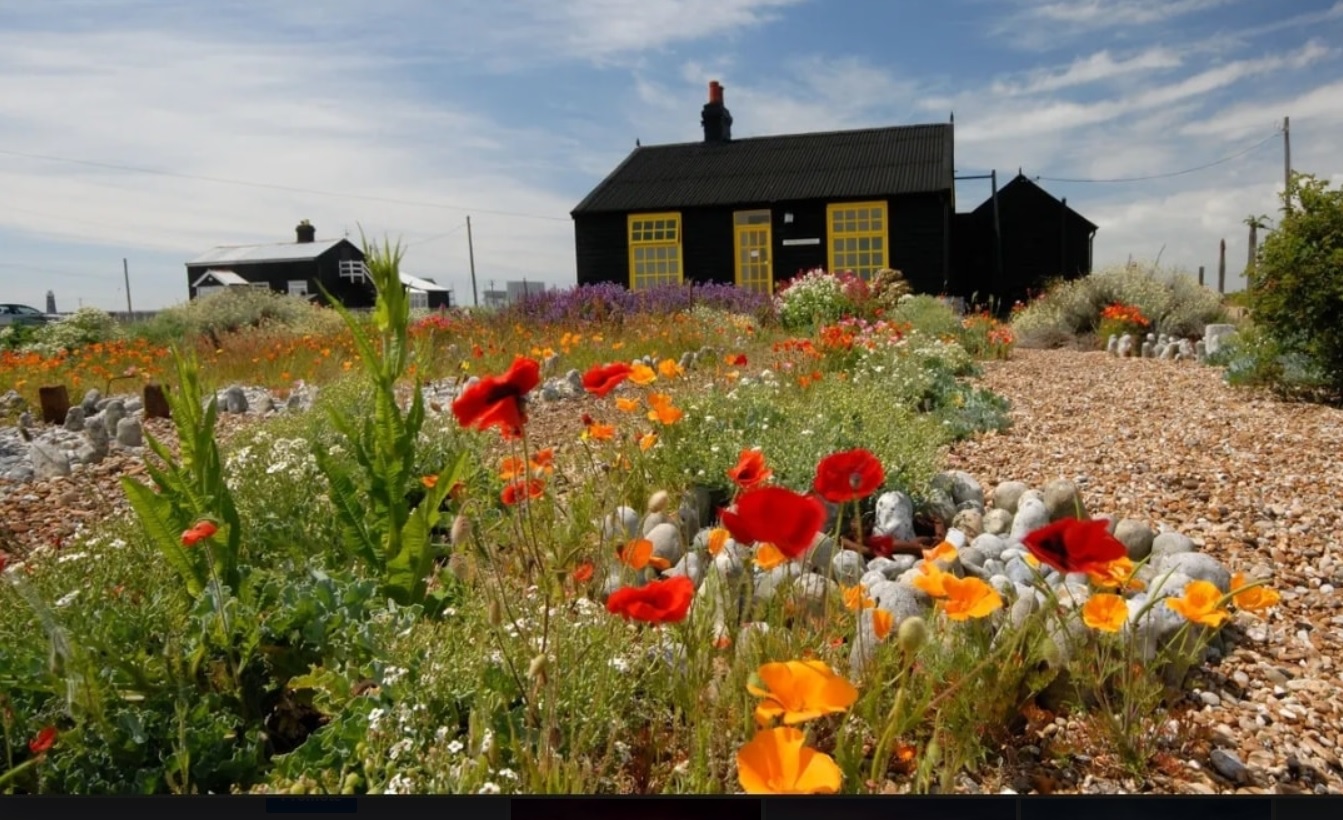
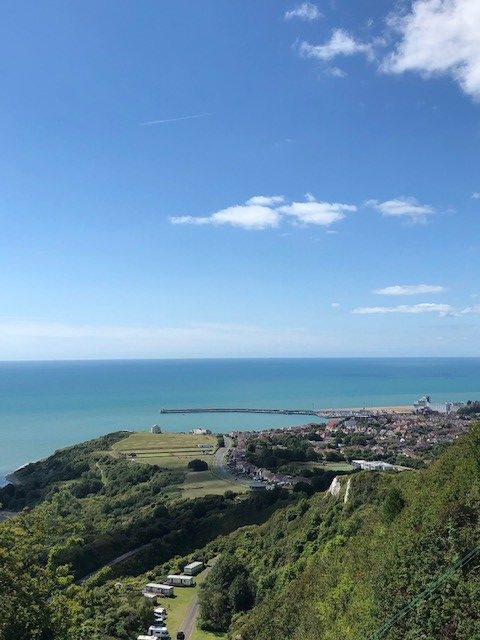
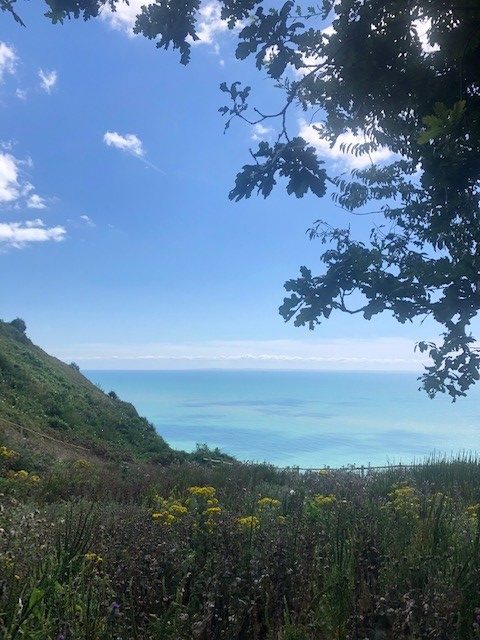
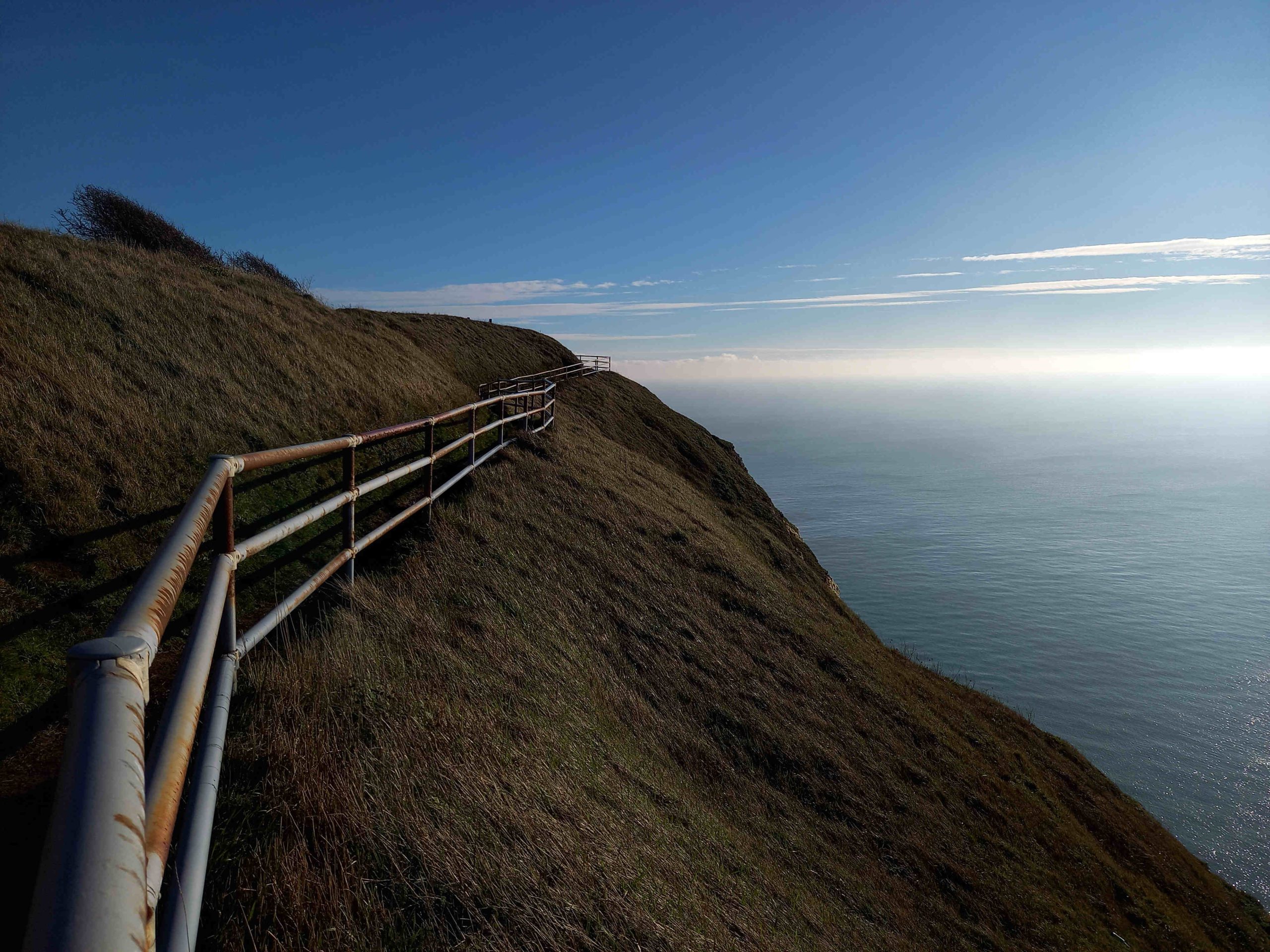
From Folkestone To Dover
The Coastal Path continues from Folkestone to Dover and on to Ramsgate. Its route traverses the cliffs above The Warren on the East side of Folkestone. The views are spectacular, and the cliffs are steep. Some of the path is lined by railings which feels more secure than other areas where you are near the edge. There are panels highlighting the flora and fauna across the White Cliffs. The soil lends itself to rare wild orchids, and when grazed naturally by cattle, the spring and summer flowers attract an abundance of butterflies and insects.
Birds of prey, as well as the ever-present herring gulls, swoop across the cliffs and over the sea. It’s windy, so wrap up warm in the winter and don’t forget suncream in the summer! Plan post walk refreshment stops a the cliff-top café or bring your own picnic.
There is the National Cycle Route number 2 using some of the same paths as the Coastal Path, so be aware of cyclists too. It’s clearer to see through to the end of the bushy avenues in winter than in summer when they’re full of foliage!
North Downs Way and Saxon Shore way
The North Downs Way is a National Trail that covers 246km across the South East of England. You can pick up the route above the Channel Tunnel, parking on Crete Road West. Here you can see the British end to the train route that connects Folkestone so conveniently to Europe. The train line itself is a figure of 8, with each loop travelling under each terminal so that the trains are ready to return through the tunnel to the other side. The lorries disembarking, and loading onto the trains never fail to entertain transport-minded children and adults alike.
Moving away from the cliff, the North Downs route takes you inland through fields and woods towards the countryside between Folkestone and Canterbury.
areas of outstanding natural beauty
Again, you will find information boards telling you of the natural floral and fauna found in the chalky soil that runs under this area of the world. There are also pill boxes used during the Second World War, and still in use today, but not for defense. Take water and refreshments with you, remembering the country code to take litter home and close the gates behind you. Friendly cattle and sheep will trace your footsteps as they walk part of these routes daily throughout the year.
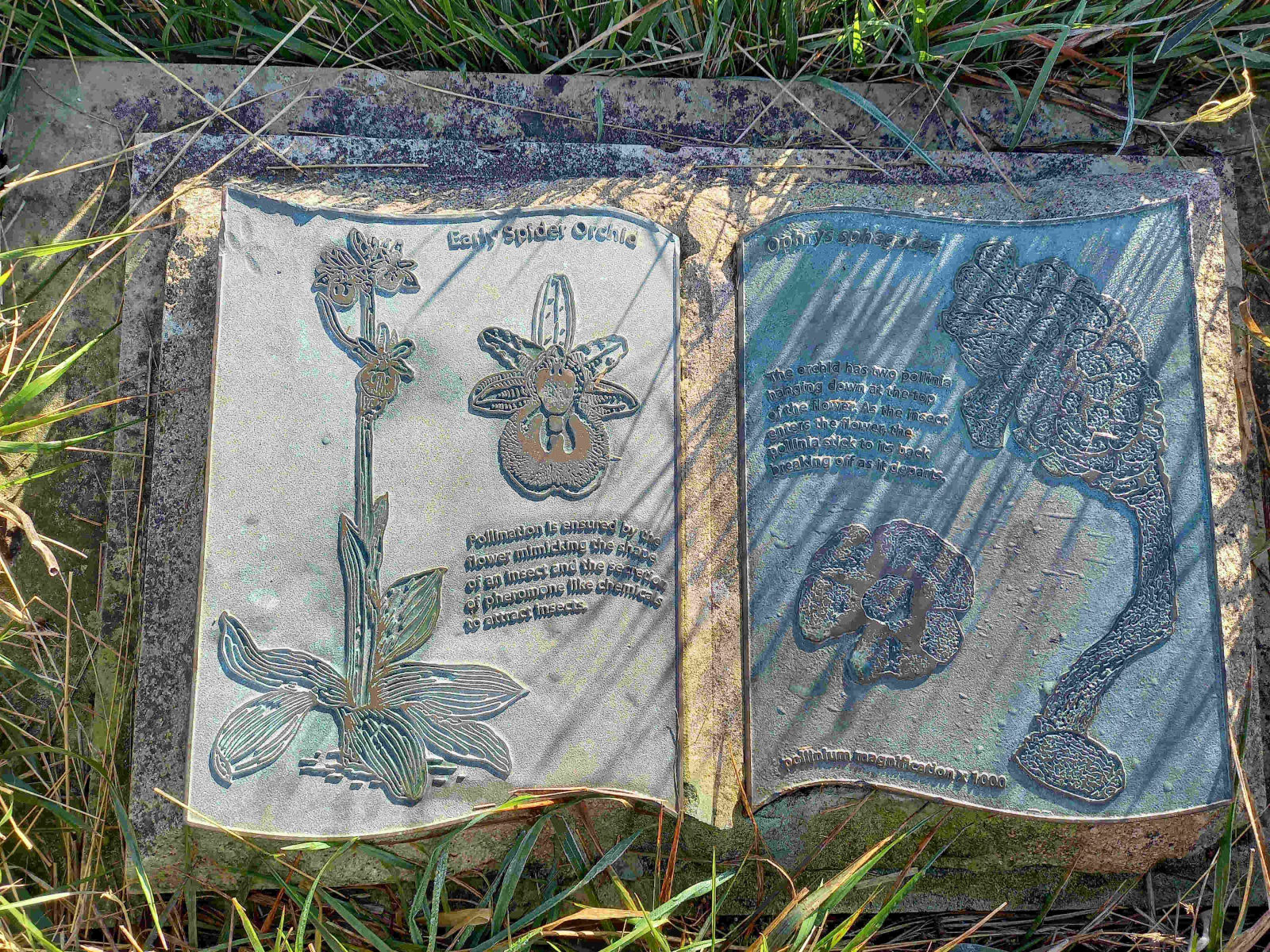
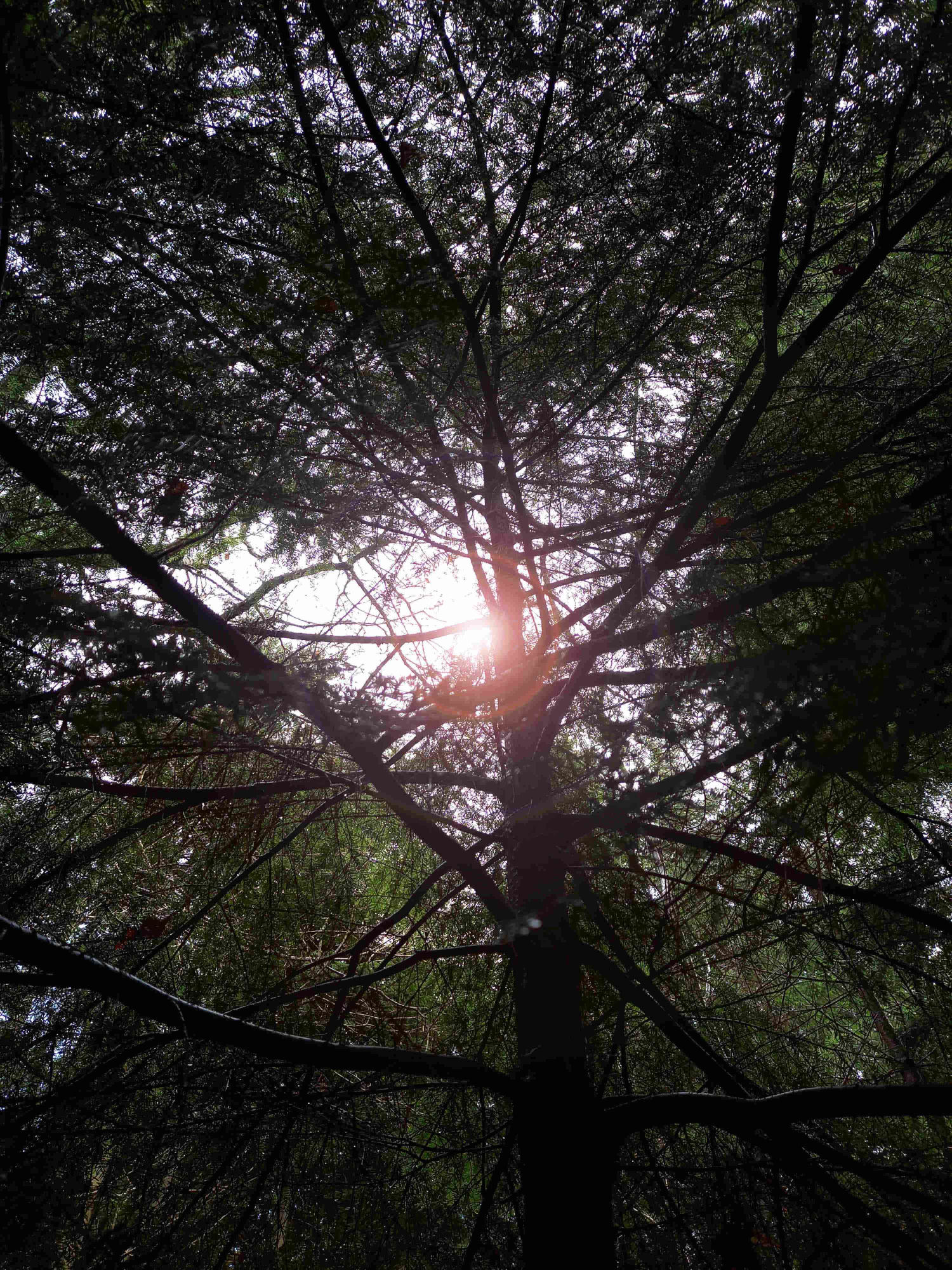
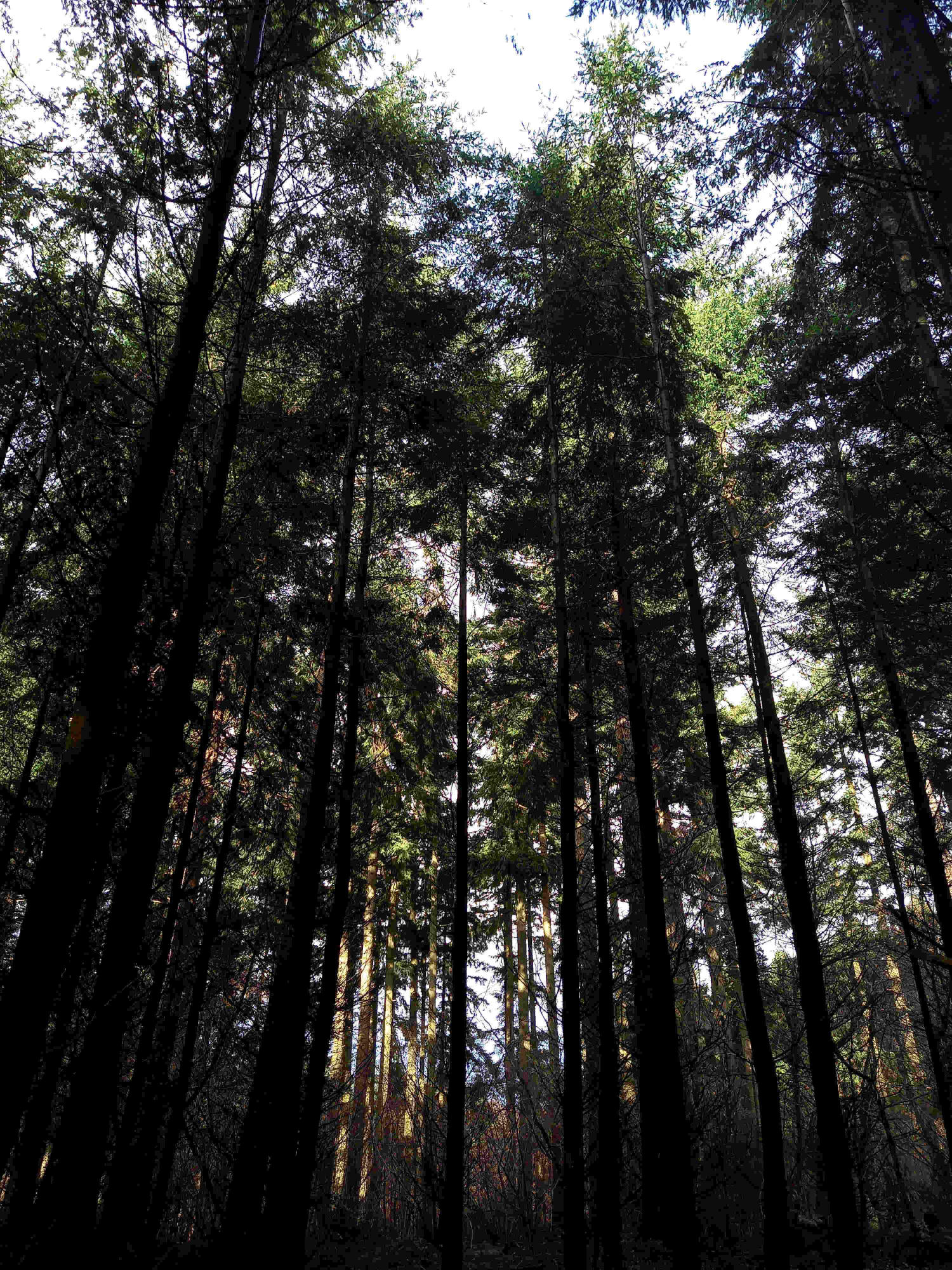
forest excursions
For a short ride in a car, when restrictions allow, Lyminge Forest is a place to explore. There is ample parking and well-laid routes for you to follow. It’s a dog-friendly area too. There are more secluded routes to avoid other walkers should you feel the need.
In the springtime, the floor of the woods are awash with bluebells, which is a sign of ancient woodland in itself. There are no stiles on the routes around the woods which make this area accessible to more walkers.
There are cycle routes within the woods that range from 4km to 13km. You can also cycle to nearby villages Elham and Lyminge for a day out in good weather.
Photo credits: Prospect Cottage Credit Richard Bird, Sound Mirror Credit David Sharp


